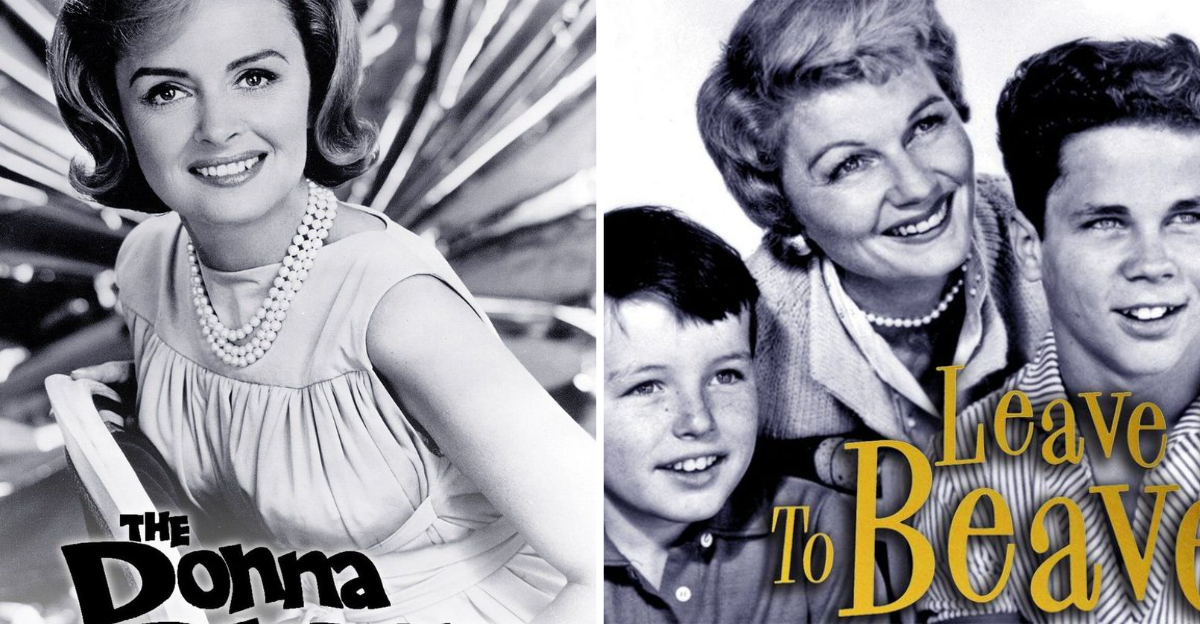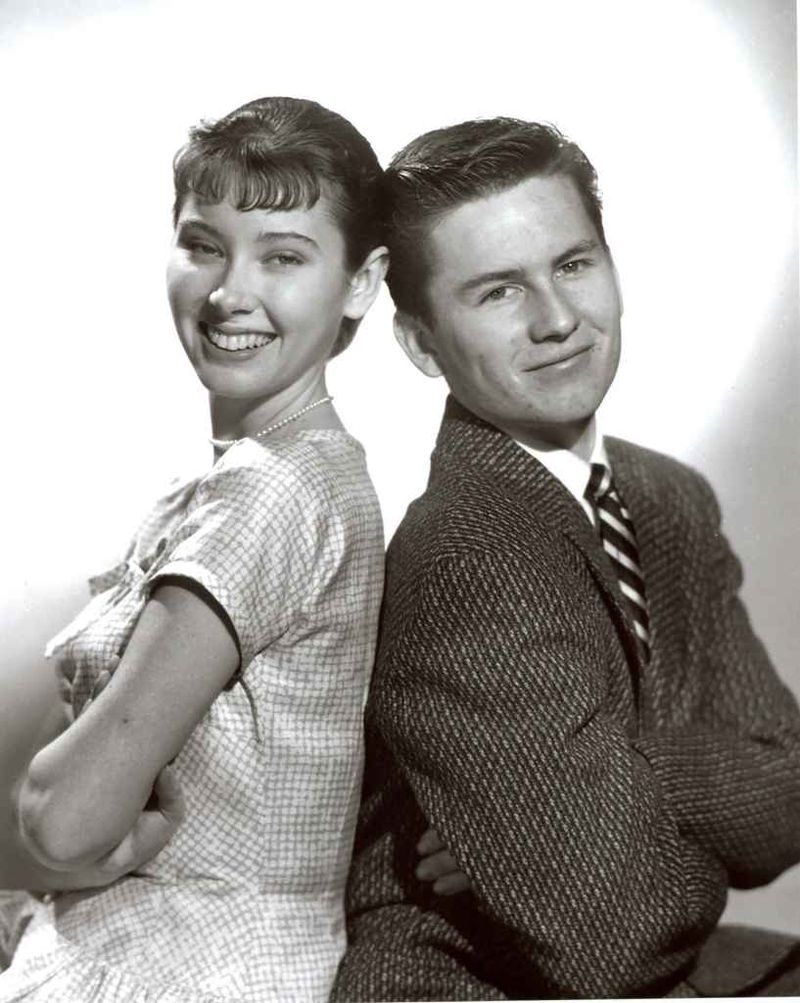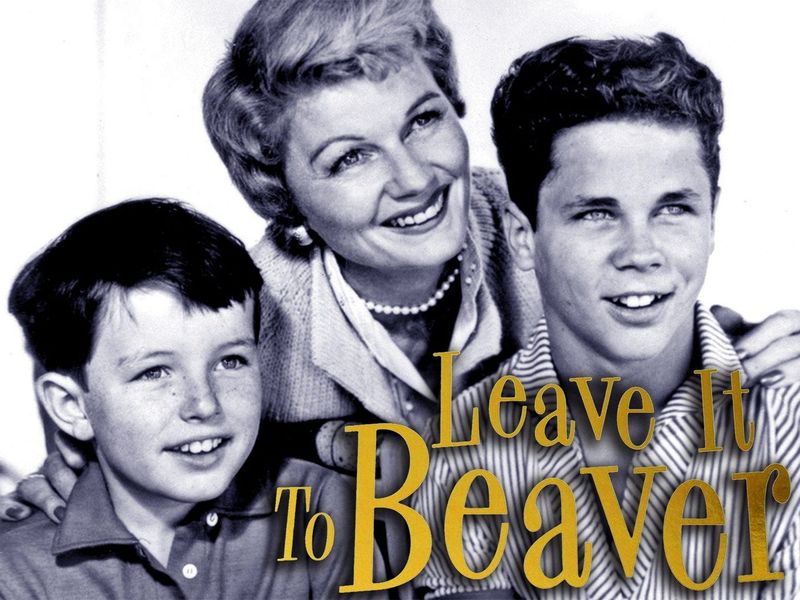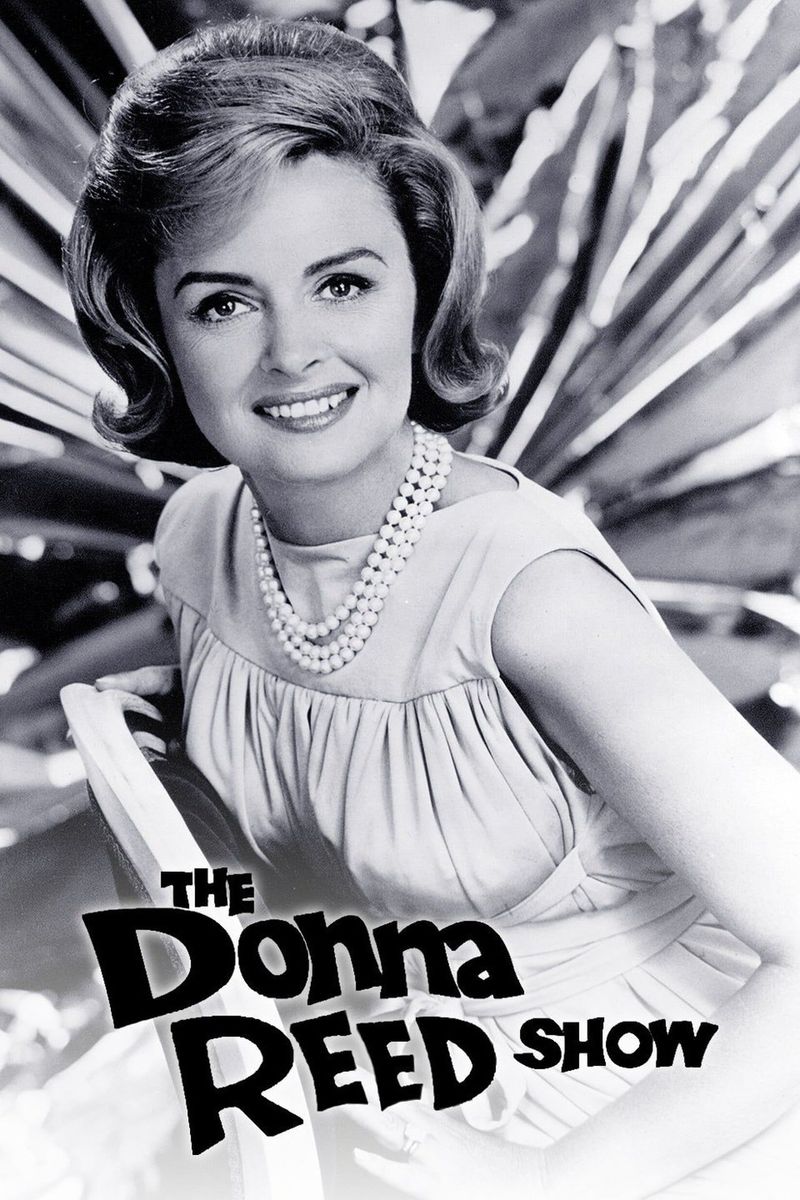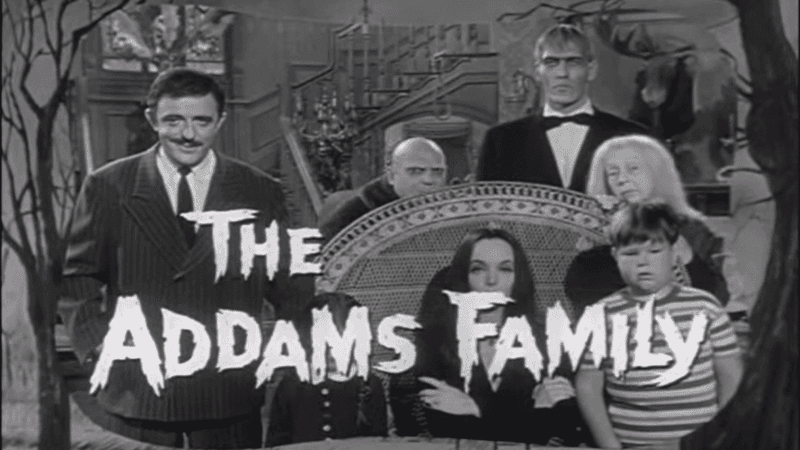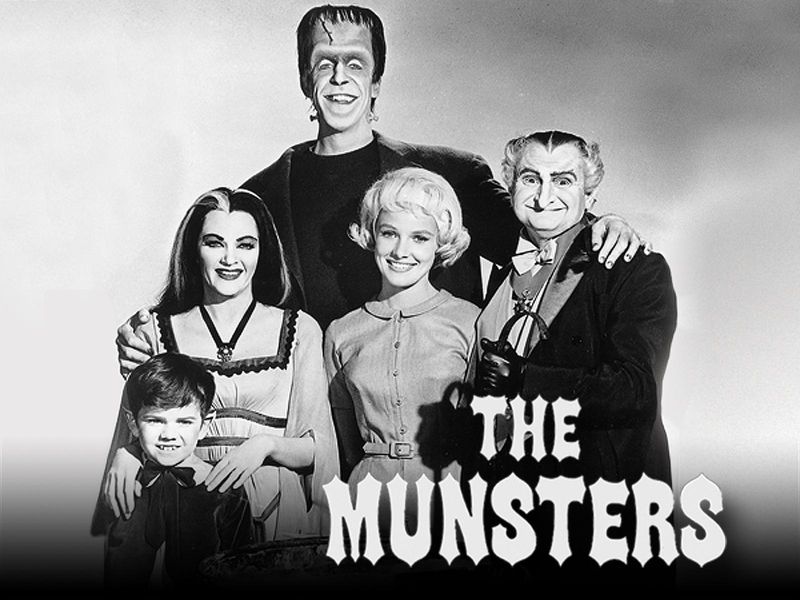The 1960s were a transformative era for television, particularly in the portrayal of family dynamics through sitcoms. This decade introduced audiences to a variety of family structures, reflecting societal changes and setting the stage for modern TV families. Each sitcom offered a unique perspective, capturing the imaginations of viewers and becoming cultural touchstones. Let’s explore nine iconic TV sitcom families from the ’60s that left a lasting impact on television and popular culture.
The Andersons from ‘Father Knows Best’
The Andersons, led by the patriarch Jim, were the quintessential American family on ‘Father Knows Best.’ This show highlighted traditional family values, portraying Jim as the wise and understanding father figure. The family’s life revolved around solving everyday problems with humor and grace.
Margaret, the supportive wife, balanced domestic duties with gentle wisdom. Meanwhile, the children—Betty, Bud, and Kathy—each represented different facets of youth, from curiosity to rebellion.
In its portrayal of family dynamics, ‘Father Knows Best’ set a blueprint for upcoming sitcoms, emphasizing moral lessons and familial love.
The Cleavers from ‘Leave It to Beaver’
The Cleavers of ‘Leave It to Beaver’ illustrated a picture-perfect family living in suburbia. Centered around young Beaver, the show explored childhood misadventures and lessons learned along the way.
Ward and June Cleaver, as parents, were model figures of patience and guidance, often helping their sons navigate life’s challenges with understanding and empathy. Their home was a haven of stability and order.
The show’s gentle humor and endearing characters resonated with audiences, leaving an indelible mark on television history, and setting a standard for family sitcoms that followed.
The Stones from ‘The Donna Reed Show’
‘The Donna Reed Show’ featured the Stones, a family that showcased the idealized vision of domestic bliss. Donna Stone, the loving matriarch, was central to maintaining harmony within the household.
Alex, her husband, balanced his role as a father and physician, bringing warmth and wisdom to family matters. Their children, Mary and Jeff, depicted typical teenage and pre-teen experiences.
This sitcom reflected the evolving gender roles of the era, with Donna embodying both traditional and modern womanhood, ultimately paving the way for future representations of women on television.
The Addams Family
The Addams Family offered a stark contrast to the typical sitcom family with its delightfully macabre sensibility. Led by Gomez and Morticia, they lived in a gothic mansion filled with oddities.
Their children, Wednesday and Pugsley, engaged in bizarre antics that amused rather than shocked their unorthodox parents. The family was rounded out by memorable characters like Uncle Fester and Lurch, the butler.
Their peculiar charm and love for the unconventional set them apart, making ‘The Addams Family’ a beloved classic that celebrated individuality and nonconformity.
The Munsters
‘The Munsters’ brought a playful twist to the family sitcom genre by introducing a family of friendly monsters living in a suburban neighborhood. Herman, the endearing Frankenstein-like father, and Lily, the vampire mother, led the family.
Their son, Eddie, was a werewolf, while their niece Marilyn appeared human, adding comedic contrast. Grandpa, the mischievous vampire, often concocted humorous schemes.
Despite their eerie appearance, the Munsters were kind-hearted and faced everyday challenges with humor, teaching acceptance and the value of family in their weird yet wonderful way.
